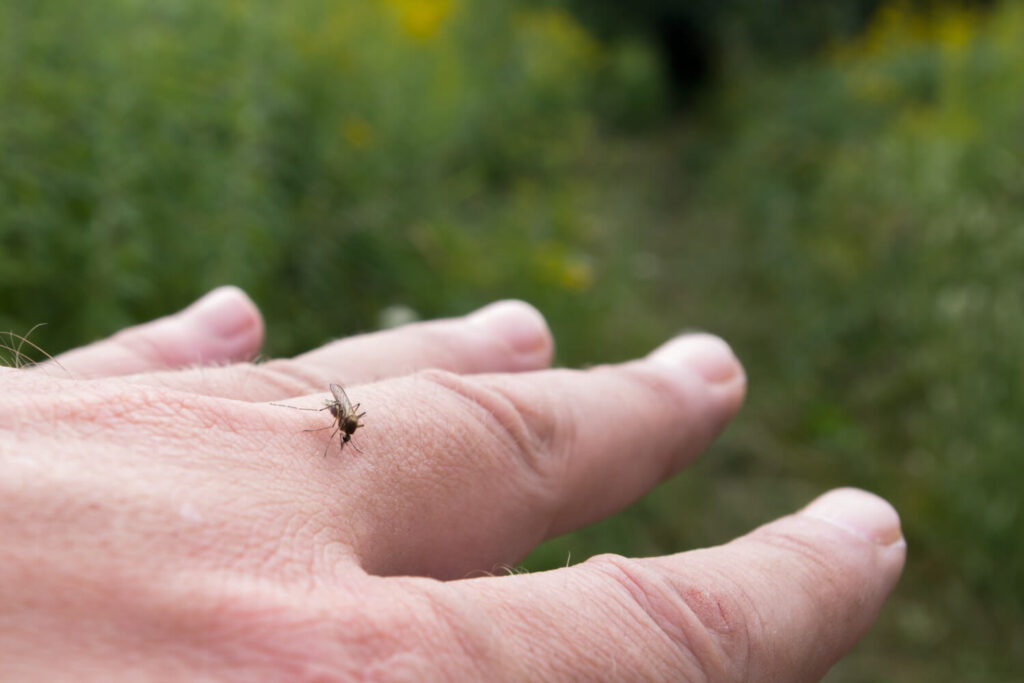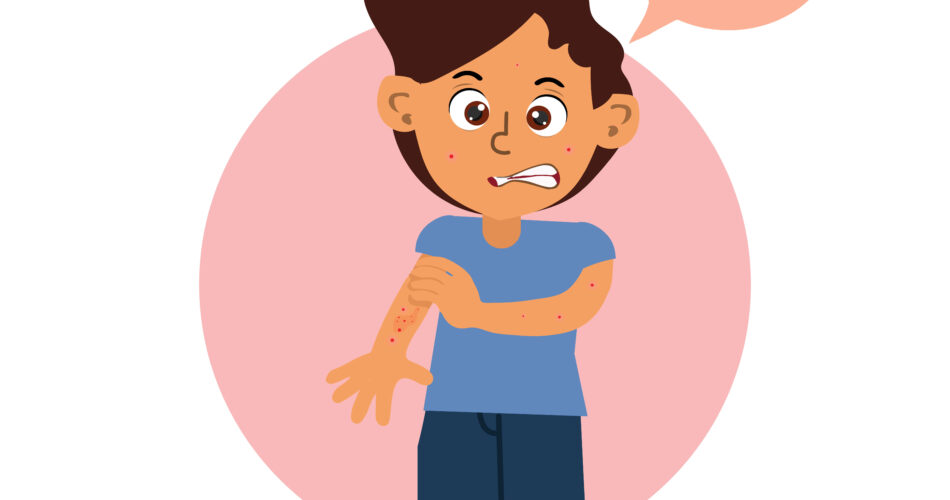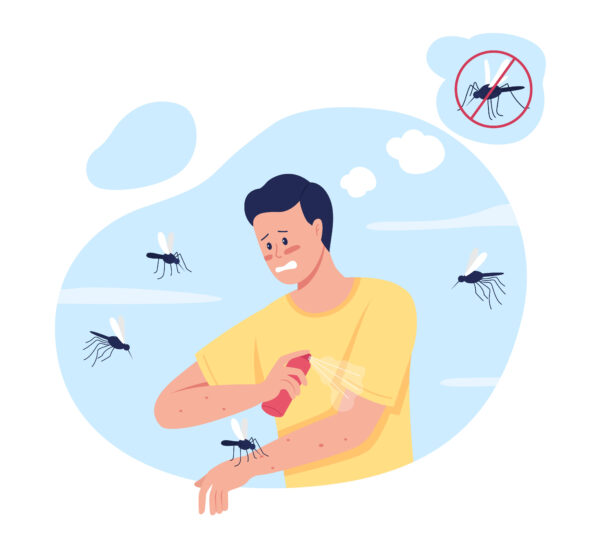When it comes to life-threatening conditions, dengue hemorrhagic fever is the severe variant that affects millions of people globally. Once an individual gets a dengue infection, some may develop alarming symptoms, which they should monitor. In that case, early intervention is a must to subside the possible complications resulting from dengue hemorrhagic fever.
Whether or not you live where most cases of dengue hemorrhagic fever thrive, it’s best to know how this condition can affect your overall health. Discover the common symptoms, their impact, and how to manage them in this blog. Let’s begin!
Understanding Dengue Hemorrhagic Fever

Dengue Hemorrhagic Fever or DHF is a subtype of dengue fever caused by the dengue virus. However, what sets DHF apart from dengue fever is its severity, potentially leading to bleeding, organ damage, and even death if not properly managed. This variant is a viral illness caused by any of the four closely related dengue viruses (DEN-1, DEN-2, DEN-3, and DEN-4). It is transmitted through the mosquito species bites of infected Aedes mosquitoes, primarily Aedes aegypti and Aedes albopictus.
It is characterized by increased vascular permeability, plasma leakage, and in severe cases, hemorrhagic manifestations. The progression from mild dengue fever to dengue hemorrhagic fever involves a cascade of events that challenge the immune system and can lead to life-threatening complications.
Please take note that this infectious disease is often a disease of children as it targets infants to young children. The patients may experience severe joint pain, resulting in it to be previously called break-bone fever.
The Severity of Dengue Hemorrhagic Fever
As mentioned, dengue hemorrhagic fever presents a more severe clinical picture. There are known cases of dengue fever recorded by the WHO, and the severity of dengue hemorrhagic fever remains alarming. The hallmark of this dengue variant is plasma leakage, which leads to fluid accumulation in body cavities and can potentially cause organ failure.
When an individual has been infected with this condition, the incubation period will be around 4 to 7 days after getting bitten. During this time, onset of fever and other symptoms can occur. Unfortunately, like dengue fever, patients may experience several nonspecific symptoms. Thus, making it difficult for individuals to recognize their condition as dengue hemorrhagic fever.
The best way to address this dengue illness is to seek immediate help if the fever doesn’t subside. Prolonged fever universally means that a possible complication is occurring. So to avoid the progression of complications, it’s ideal to recognize the need for help.
Dengue Hemorrhagic Fever Statistics Worldwide
According to the World Health Organization (WHO), dengue fever is endemic in more than 100 countries, placing around half of the world’s population at risk. It is estimated to be around 390 million dengue infections each year, of which approximately 500,000 cases progress to DHF.
While these numbers are already alarming, it is vital to note that DHF-related mortality rates vary globally. The majority of deaths occur in Southeast Asia and the Western Pacific region, where the disease is most prevalent. However, the impact of DHF extends beyond these regions, necessitating a coordinated global response.
Why Dengue Fever is Common in Tropical Areas

Dengue fever is particularly prevalent in tropical areas due to the ideal conditions for the Aedes mosquitoes to thrive and spread the virus. The combination of warm temperatures, high humidity, and stagnant water provides a perfect breeding ground for these mosquitoes. As a result, countries in tropical regions experience regular outbreaks of dengue fever, affecting a large number of people each year.
Commonly, the incidence of dengue, rather, the risk of dengue doesn’t only reside in the Southeast Asian countries due to their climate. High dengue cases were also recorded in the western part of the world like South America, where the common denominator is the perfect weather for mosquito breeding. In short, tropical areas of the world will most likely experience the health threat of dengue.
Common areas where infected mosquitoes reside:
- old tires with water
- stagnant water containers
- water puddles after the rain
- creek or other bodies of water
The Role of the Dengue Virus

The dengue virus, a member of the virus family Flaviviridae, is a single-stranded RNA virus with four distinct dengue serotypes: DENV-1, DENV-2, DENV-3, and DENV-4. These dengue serotypes share similarities in genetic makeup but have unique differences that impact immune responses and disease outcomes.
Dengue transmission begins with bites from infected female mosquitoes. The dengue virus then enters the human body through the blood vessels. It targets immune cells such as monocytes, macrophages, and dendritic cells, and utilizes them as replication sites. Thus, leading to a surge in viral load and the initiation of host immune responses.
Symptoms and Diagnosis of Dengue Hemorrhagic Fever

Recognizing the symptoms of Dengue Hemorrhagic Fever (DHF) is crucial for early diagnosis and intervention. DHF is a severe form of dengue fever caused by the dengue virus and is characterized by plasma leakage, severe bleeding, and organ impairment. Prompt identification can help prevent severe complications and improve patient outcomes.
DHF typically progresses in three phases: febrile, critical, and recovery. Let’s discover the following dengue symptoms under each phase below!
Febrile Phase
During the febrile phase, patients experience high fever, severe headache, pain behind the eyes (retro-orbital pain), joint and muscle pain, fatigue, nausea, vomiting, and rash. Despite the following mentioned symptoms, it is considered as the acute phase as these signs are the same as the symptoms of dengue fever.
Critical Phase
Meanwhile, the critical phase is marked by plasma leakage, which can lead to shock syndrome. Furthermore, fluid accumulation in the lungs, and organ dysfunction. Some individuals may also experience mild bleeding, such as nosebleeds or bleeding gums, and gastrointestinal bleeding during this phase.
Recovery Phase
In the recovery phase of dengue hemorrhagic fever, patients typically start to show signs of improvement as the plasma leakage decreases, and organ function begins to stabilize. However, fatigue and weakness may persist for a while even after the fever subsides. Close monitoring is essential during this phase to ensure complete recovery and prevent any potential complications.
If you or someone you know experiences these symptoms during or after a dengue fever infection, it is important to seek medical attention immediately.
Seeking Medical Help
Diagnostic Procedures and Tests
Diagnosing DHF involves both clinical evaluation and laboratory tests. A healthcare professional will inquire about the patient’s symptoms, travel history, and potential exposure to infected mosquitoes carrying the dengue virus. Afterward, doctors will recommend tests to help determine if the condition is dengue-related.
Laboratory tests, such as blood tests, can confirm the presence of the dengue virus or detect antibodies against it. These tests, particularly those that measure platelet counts, hematocrit levels, and liver enzymes, help assess the severity and progression of DHF. Imaging studies, such as ultrasound or chest X-rays, may also be used to evaluate organ damage and fluid accumulation.
Treatment and Management for Dengue Prevention

Dengue Hemorrhagic Fever (DHF) is a severe manifestation of dengue virus infection that can lead to life-threatening complications if not managed promptly and effectively. Let’s discuss the possible recommended forms of treatment after an accurate diagnosis is made.
Hydration
Supportive care for DHF involves maintaining proper hydration, as severe plasma leakage can lead to dehydration. Oral rehydration solutions may be recommended, and in severe cases, intravenous fluids may be necessary to restore fluid balance.
Continuous Tests and Monitoring
In addition to fluid management, close monitoring of vital signs, hematocrit levels, and platelet counts is essential in guiding treatment decisions for patients with DHF. Early recognition of warning signs such as persistent vomiting, abdominal pain, and mucosal bleeding is crucial for timely intervention.
Platelet Transfusion
Meanwhile, the platelet count can decrease due to the severe complications of developing dengue hemorrhagic fever. One way to combat the effect of this condition is to take control of the bleeding aspect. Platelet transfusions may be considered by the doctor for patients with this severe dengue variant.
Frequently Asked Questions
Can a patient with dengue hemorrhagic fever die?
Yes, patients with severe dengue hemorrhagic fever are at risk of mortality if not treated promptly and effectively. Close monitoring, timely intervention, and proper management are crucial in improving patient outcomes and reducing the risk of death associated with DHF.
What is the difference between dengue virus and chikungunya virus?
The main difference between the dengue virus and chikungunya virus lies in their symptoms. Dengue fever typically presents with high fever, severe joint pain, and rash, while chikungunya is characterized by debilitating joint pain and sometimes a rash. Even though both are transmitted by mosquitoes, they originated from different viral families – dengue is a flavivirus whereas chikungunya is an alphavirus.
Can prior infection from the dengue virus make patients vulnerable to another dengue infection?
Yes, prior infection with one serotype of dengue virus can make patients more vulnerable to severe complications if infected with a different serotype in the future. This phenomenon, known as antibody-dependent enhancement, can lead to an increased risk of developing severe dengue hemorrhagic fever upon subsequent infections with a different serotype of the virus.
Conclusion
Suffering from dengue can affect the overall health of patients, especially if they are diagnosed with dengue hemorrhagic fever. This strain can lead to bleeding and other complications due to the infection brought by the infected mosquito. Some cases also lead to fatalities, which can happen without early intervention and detection.
In that case, it’s best to seek help from a doctor when a symptom like prolonged fever occurs. Book an online consultation with an infectious disease doctor today!


